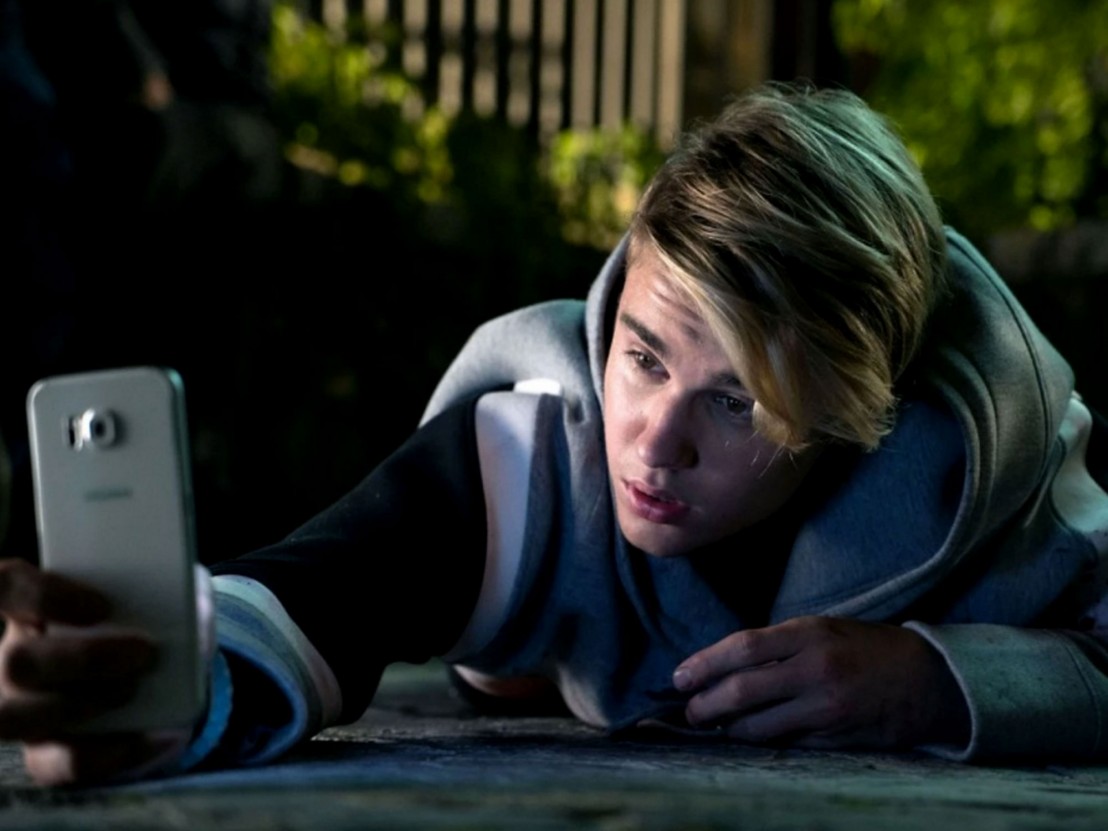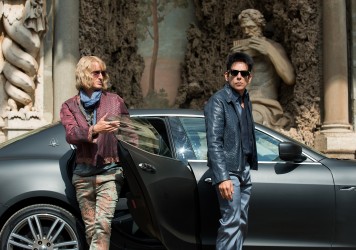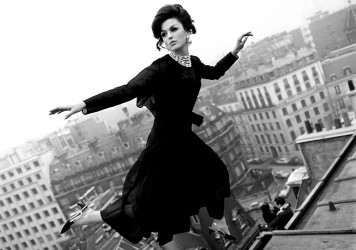
The original Zoolander is a genuine masterclass of the walk-on, with the likes of David Bowie, Jon Voight and Billy Zane cropping up in small but perfectly-judged appearances. Sadly, the sequel fails to repeat the trick, instead adding names like Justin Bieber, Naomi Campbell and erm, Billy Zane again, to the long list of clumsy, lazy and utterly pointless cameos.
Where the first film cleverly riffed on the public personas of its cameo stars, using them to satirise the bizarre insularity of the entertainment industry, Zoolander 2 opts for quantity over quality. So we get Susan Sarandon and Willie Nelson participating in an orgy, Susan Boyle giving the finger to the paparazzi and Katy Perry singing to herself on a rooftop (for some reason). It’s your standard ‘look who it is!’ tactic, prodding the audience with constant recognition cues in the hope of eliciting a cheap laugh.
This litany of crappy cameos is one of the (many) reasons that Zoolander 2 is taking a critical kicking at the moment, but it shouldn’t detract from what is actually a noble cinematic art. As the first Zoolander proved, cameos can elevate a film when executed with care and precision, producing scene-stealing moments that speak to the very nature of showbiz and stardom.
Unearthing early cameos from the cinematic vaults is a tricky task. During Hollywood’s formative years, the studios were generally reluctant to indulge in such postmodern luxuries, as they set about codifying the rules of cinematic storytelling. There are a few exceptions, most notably Cary Grant’s short appearance as himself in the 1946 comedy Without Reservations, but only a handful of the Golden Age stars have cameo credits to their names. The same is true of contemporary pop icons like Elvis or The Beatles, who starred in their own films rather than settling for a brief moment of cinematic exposure like we see pop stars like Bieber and Perry doing today.
It’s no coincidence that one of the most lauded early cinematic cameos is not a frivolous, throwaway appearance, but rather a poignant statement about the shifting dynamics of filmmaking. Sunset Blvd., Billy Wilder’s ode to silent cinema, includes a beautiful scene featuring cameos from three legendary silent movie stars – Buster Keaton, Anna Q Nilsson and HB Warner. Cruelly labelled the ‘waxworks’ by the voiceover narration, the trio sit solemnly around a bridge table with lead actress Gloria Swanson, who plays a former silent star made obsolete by the advent of spoken cinema. Keaton utters only a single word as he plays cards (“Pairs”) but his aged, melancholic face eloquently reflects this historical moment.
As the concept of the star-studded ensemble piece gained traction, so too did more playful cameos (see Marlene Dietrich and Frank Sinatra as ‘saloon hostess’ and ‘saloon pianist’ in Around the World in 80 Days, or John Wayne as a Roman centurion in The Greatest Story Ever Told). But it was only with the rise of New Hollywood in the late ’60s and ’70s that cameos began to fulfil their show-stopping potential.
Consider Woody Allen dragging esteemed philosopher Marshall McLuhan into the frame in Annie Hall after overhearing a man in a cinema queue criticise his work. Or even Robert Duvall in Apocalypse Now – a huge star by the late ’70s following the first two Godfather films – who was given licence to trip out by a Vietnamese river delta. Duvall’s 11 minutes of screen time remain among the film’s most memorable and were enough to earn him an Oscar nomination.
Directors began to insert themselves into their own films with greater force during this period too, as exemplified by Roman Polanski as the self-appointed slicer of Jack Nicholson’s nose in Chinatown, or Martin Scorsese’s superbly sinister turn in Taxi Driver as a jilted husband plotting murder in the backseat of Travis Bickle’s cab.
Alfred Hitchcock had already made directorial cameos fashionable by this point, of course, appearing in 39 of his 52 features. But Hitchcock’s cameos were usually subtle and unspoken, exemplified by his brief appearances as ‘party guest’ in Notorious and ‘pet shop customer’ in The Birds. This was cameo as a stamp of authorship, reflecting Hitch’s status as the first global superstar director.
In some respects Quentin Tarantino has taken on that mantle, becoming one of the more prolific cameo-making directors of recent times – though admittedly with varying degrees of success. His misguided appearance as an Australian miner with a creaky accent in Django Unchained is a clear case of how a poorly-conceived cameo can pull the viewer out of the immersive viewing experience, making us suddenly aware of the artifice of the whole thing. Though as a fan of the French New Wave, where directors like Jean-Luc Godard and François Truffaut frequently appeared in their own and each other’s films, perhaps this was Tarantino’s intention all along.
Yet Tarantino, ever the film student, also knows better than most how to source and deploy actors who are able imbue even the smallest parts with deeper meaning. Casting Mike Myers as a British general in Inglourious Basterds was an inspired nod to the Austin Powers-level of cliché with which many American war films portray Brits, while Christopher Walken’s ‘The Gold Watch’ scene in Pulp Fiction remains one of the all-time great cameos, a perfect fusion of acting and screenwriting talent.
Generally speaking there is little science to a good cameo, other than the self-evident fact that gifted actors can add a touch of magic by their mere presence. For example, Judi Dench’s Oscar-winning eight-minute cameo as Queen Elizabeth I at the end of Shakespeare in Love works because of her naturally regal aura – her status as film royalty (see also Sean Connery as King Richard in the final scene of Robin Hood: Prince of Thieves). Steven Soderbergh’s Out of Sight ends with a bang simply because it’s Samuel L Jackson, rather than an unknown actor, sat in the back of the prison van with George Clooney.
Such examples are a far-cry from today’s serial cameo offenders. Zoolander 2 is dire, but really it’s just following in the footsteps of other recent comedies that opt for a string of tedious cameos over original jokes. Witness the folly of Anchorman 2, which attempts to replicate the riotous joy of the original’s mass-brawl scene by adding an exponentially greater number of famous faces. It’s exponentially less funny, proving that cameos are delicate devices that if milked or taken for granted can lose all of their intended impact.
Comedies feature some of the best ever cameos on film (see Bill Murray in Zombieland, Charlton Heston in Wayne’s World 2 or Bruce Springsteen in High Fidelity) but they are also some of the worst offenders. So let the genius of Zoolander’s cameos, and the disaster of its sequel, serve as a cautionary tale to filmmakers everywhere.
What are your favourite ever movie cameos? Let us know @LWLies
Published 15 Feb 2016

As director and star, Ben Stiller sleepwalks through this drab, inconsequential comedy sequel.

Ben Stiller’s comic creation channels the absurd charm of ’60s cult classic Who Are You, Polly Maggoo?